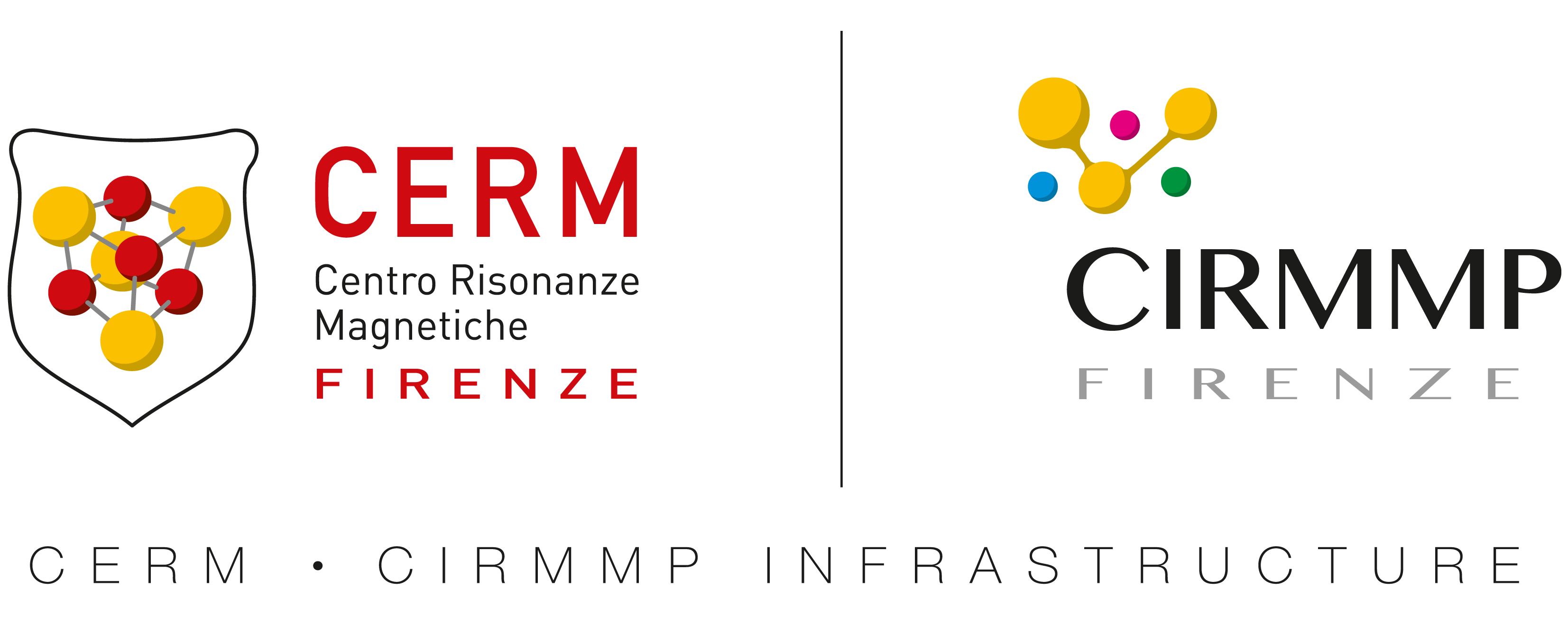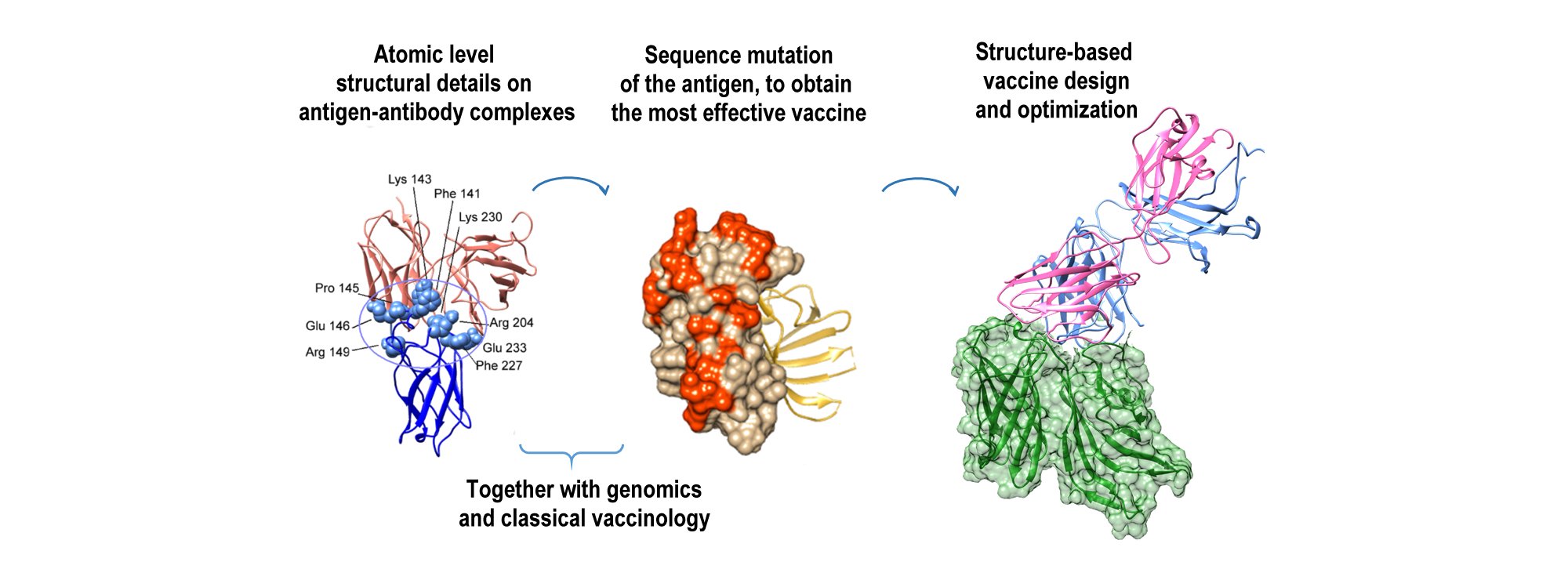CERM/CIRMMP is a leading centre in the development of an innovative approach in vaccine design. The latter is based on the characterisation of the anti-gen structure and of its interacting regions with the antibody. With this approach CERM/CIR-MMP researchers and GSK Vaccines researchers, were able to create a broadly protec-tive vaccine against more than 500 variants of the bacterial pathogen Neisseria meningitidis serogroup B (MenB).
NMR provides a unique tool to access high resolution information that forms the basis of optimized drugs and can support the design of new vaccines against human pathogens. The characterization of the 3D structures of proteins at the atomic level is being exploited since decades in the pharmaceutical field, in particular to determine and to locate or examine sites where small molecules might bind, inhibiting (or activating) the target protein. Detailed analysis at atomic level of the three-dimensional (3D)-structure of antigens can be exploited to characterize protein antigens interactions with specific human antibodies. High resolution information on the epitope conformation represents an essential step for the molecular optimization and design of antigens as potent vaccine candidates.
CERM applies solution and solid state NMR in order to get structural information able to generate more stable and broadly protective vaccines. The detailed knowledge of the residues recognized by protective antibodies is indeed fundamental for modulating the immunogenicity of the antigen and to improve the bacterial potential vaccine candidate every time that the sequence variability of protective antigens is a major limit to the development of vaccines. This approach represents a novel way to create broadly protective vaccines and can be very successful once sequence variability of protective antigens is a major limit to the development of vaccines.

